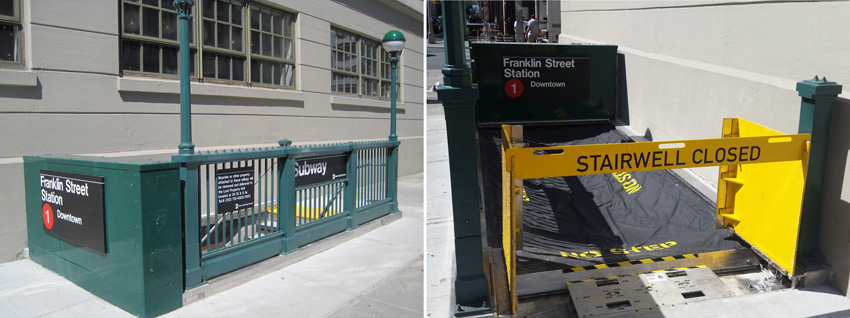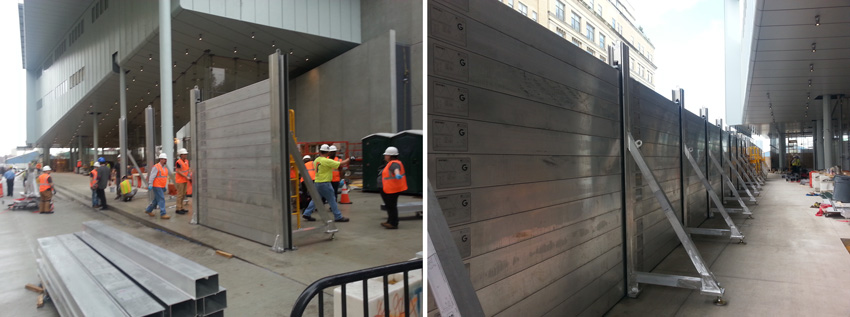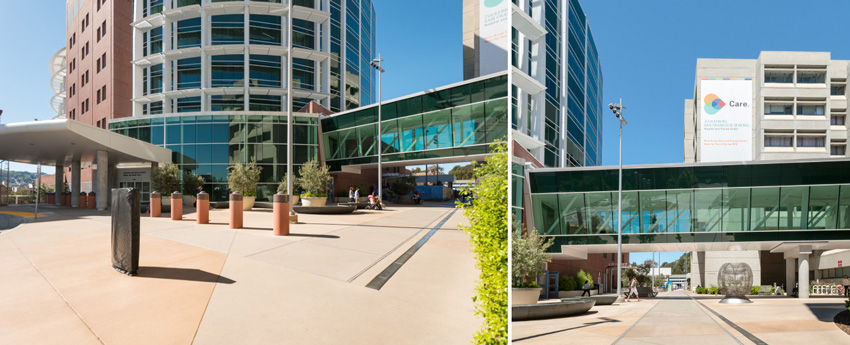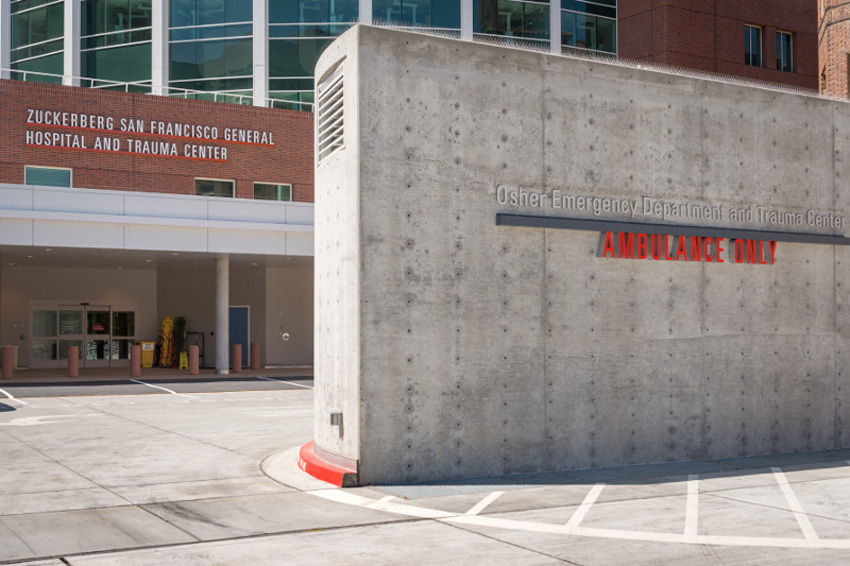Exploring Resilient Building Design
Conclusion
Designing a building for resiliency requires attention to a variety of potential hazards, including floods, weather, earthquakes, and security breaches. Each specific hazard or threat needs to be assessed for the potential risk to the building, equipment, operations, or people. Based on that assessment, appropriate mitigation measures then need to be designed into the facility to assure that it will not only survive the event, but that it will be resilient enough to be able to return quickly to normal operations.
Peter J. Arsenault, FAIA, NCARB, LEED AP, is a practicing architect, green building consultant, continuing education presenter, and prolific author engaged nationwide in advancing building performance through better design. www.linkedin.com/in/pjaarch

|

|
||||

|

|

|
|||
Notice

www.carlislesyntec.com

www.c-sgroup.com/ejc

RossTechnology.com/CEU

www.smartvent.com

www.stopfloods.com













